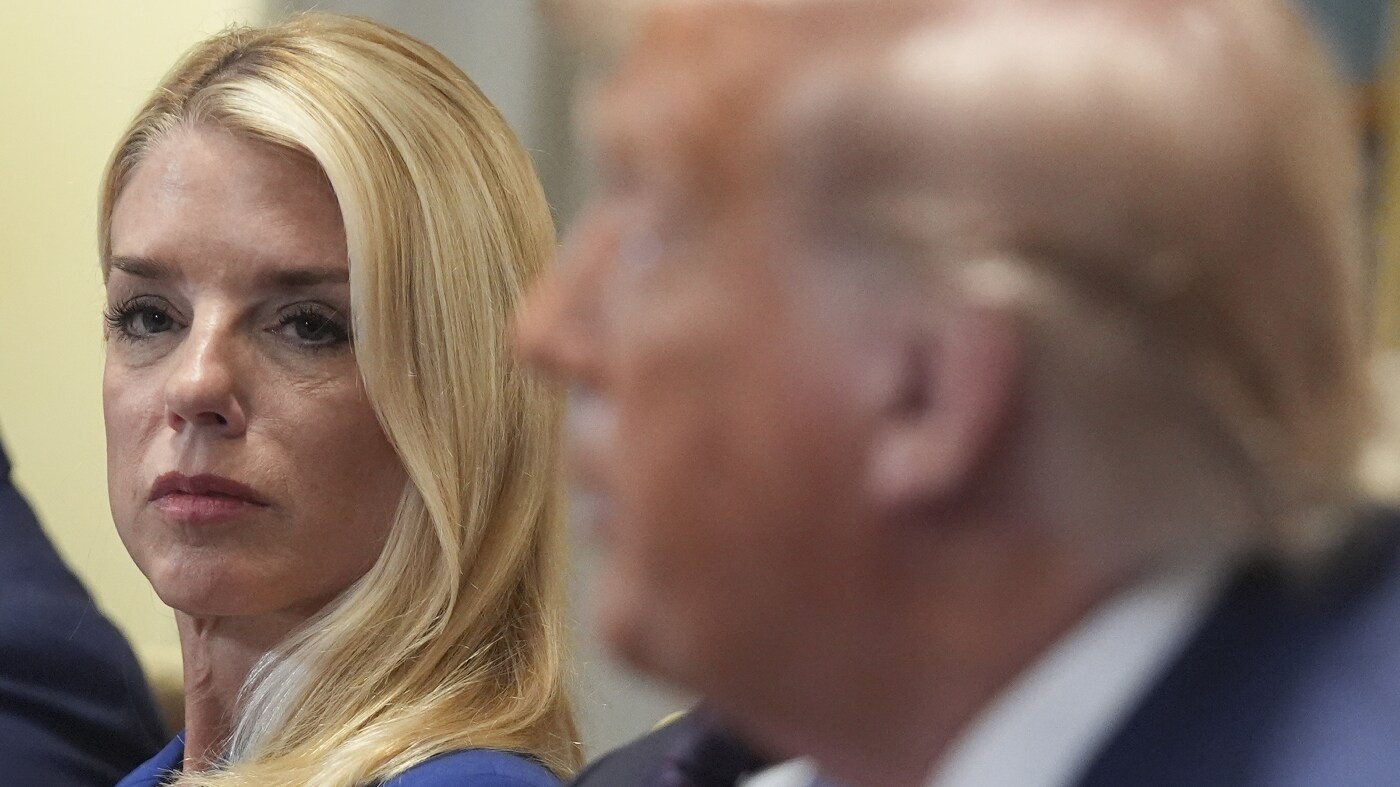The letters are just one piece : NPR

President Trump’s tariff letters to world leaders are attracting a lot of attention. But that’s not the entirety of his trade strategy.
This week he also floated the idea of pharmaceutical tariffs, for example.
“Pharmaceuticals will be tariffed probably at the end of the month,” he told reporters. “And we’re going to start off with a low tariff and give the pharmaceutical companies a year or so to build. And then we’re going to make it a very high tariff.”

Broadly, Trump is imposing two different, overlapping sets of tariffs, authorized by two different laws.
One set includes the tariffs he’s announcing in those country-by-country letters. Those are known in trade circles as IEEPA tariffs, for the International Emergency Economic Powers Act.
Then there’s the tariffs on various products, like pharmaceuticals. Those are known as Section 232 tariffs — named for a part of a 1962 trade law. Those tariffs aren’t as sweeping as the IEEPA tariffs, but they cover a large portion of imports. In addition, experts say they’re more likely to withstand legal challenges.
How are Section 232 tariffs used?
Trump has used Section 232 a lot.
“I think his use of it could be fairly characterized as revolutionary in his first term,” said Tim Keeler, a trade lawyer who served at the U.S. Trade Representative’s Office under President George W. Bush. “It really hadn’t been utilized very much prior to his coming to office.”
The first step to imposing one of these tariffs is a Commerce Department investigation. Prior to Trump, the last such investigation was in 2001. Currently, Trump has two sets of 232 tariffs in place and nine more in process.

A key topic in those investigations is national security — by law, Section 232 tariffs are supposed to help bolster national security.
Not everyone thinks Trump’s tariffs will do that, though.
“I think the argument that it is important to have a healthy steel and aluminum industry in the United States is a respectable one,” said Ed Gresser of the Progressive Policy Institute. “But the argument that you can create this through tariffs has some pretty serious flaws.”
A more efficient way to boost a domestic industry, he said, is through subsidies. Gresser, who worked for the U.S. Trade Representative under President Joe Biden, also noted that, for example, ships and aircraft are important to national security, and 232 tariffs on steel and aluminum make those more expensive.
It’s also possible that imposing global 232 tariffs might be actively bad for national security, according to Jake Colvin, president of the National Foreign Trade Council.

“If we can all agree that de-risking and diversifying away from China is a national security priority, then we should be developing much stronger relationships with our allies,” he said. “At the same time we are now putting tariffs on steel and aluminum from our friends and allies, who we should really be working together with to strengthen our economy.”
The Trump administration, for its part, says domestic manufacturing is better for national security than relying on other countries.
What is the impact?
Gresser, at the Progressive Policy Institute, calculates that the Section 232 tariffs would apply to around 30% of imports. The IEEPA tariffs, by comparison, would cover 70%. That might make the 232 tariffs look small, but Gresser stresses that they’re still sizable.
“They’re still very big, and they can be expanded. You could file more of these cases,” he said.
Furthermore, the 232 tariffs might be more of a sure bet, legally speaking.
Earlier this year, a federal court ruled that the country-by-country tariffs are illegal. The Trump administration is appealing that decision, and for now, those tariffs are still in place — set at 10% on nearly all imports, with some exceptions.
The higher tariffs the president threatened in that flurry of letters to other world leaders who didn’t cut trade deals with him are scheduled to go into effect on Aug. 1.
Section 232 tariffs, on the other hand, have already been tested, said Keeler, the trade lawyer.
“They were challenged in court by multiple different facets, all which were upheld at the federal circuit level,” he said.
All of this underscores a common criticism of Trump’s tariff approach: that it’s too broad.
“The real challenge in the current environment is that we’re seeing tariffs as a hammer and every problem with our allies and adversaries — whether economic or not — as a nail,” said Colvin with the National Foreign Trade Council.
Source link






